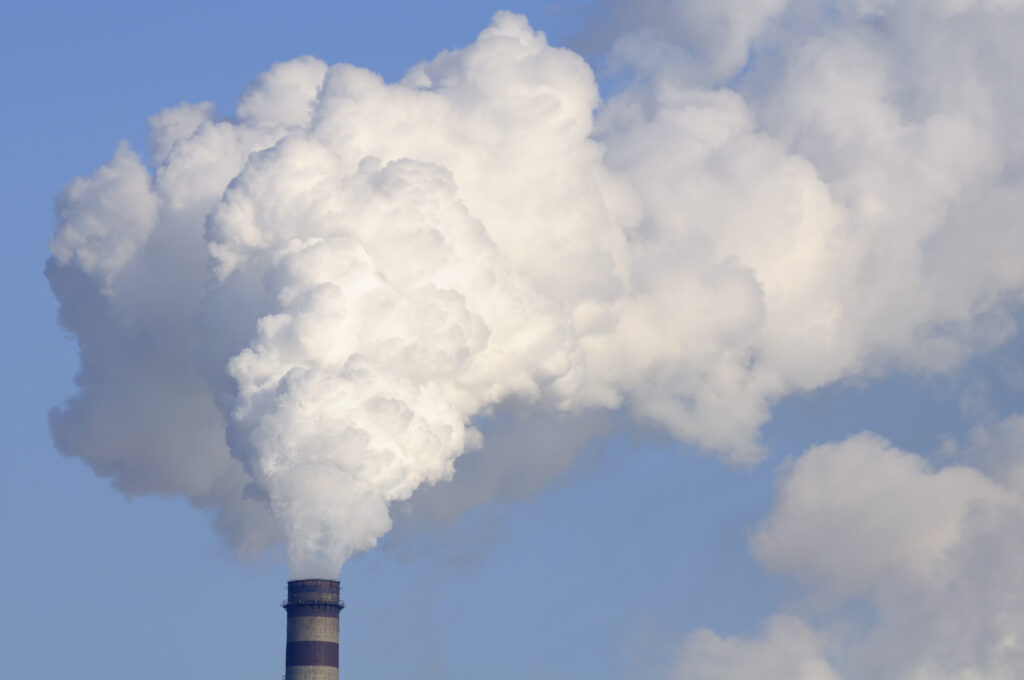
11.04.2024
Capturing Low CO₂ Concentration
A CLIMIT-supported research project has made progress in capture technology for industrial emission sources with low CO2 concentration.
Liquid absorbent solutions, such as amines, can be used to capture CO2 in flue gases from various types of processes. The project addressed the challenges of absorption-based CO2 capture processes, which have proven to be less effective when dealing with diluted gas streams. Emission sources with low CO2 concentration can vary widely depending on industry, technology, and emission reduction measures.
Different Emission Sources
An example of low-CO2 emission sources is flue gases from the combustion of natural gas, which generally have a lower concentration compared to coal or heavy oil. – The purpose of this project was to explore and improve the efficiency of carbon capture related to flue gases with lower CO2 concentrations, and to investigate whether degradation products in the absorbent affected the capture capacity – says Svein Bekken, senior advisor at Gassnova.

Extensive Pilot and Laboratory Tests
The research team conducted a series of pilot and laboratory tests. A mobile testing unit (MTU) was used to investigate carbon capture processes at CO2 concentrations of 2.5 to 5%. Tests showed that even with low CO2 concentrations, it was possible to achieve capture efficiency between 85 and 95 percent. The results also indicated a significant increase in energy consumption for carbon capture at lower CO2 concentrations, which was expected from theoretical calculations.
Laboratory tests were also conducted to study the effect of degradation products on the solution’s absorption properties. The tests indicated that degradation products examined did not significantly affect the solution’s ability to absorb CO2.
Important for Further Development
This project has achieved its main objectives by demonstrating the feasibility of effective CO2 capture at lower concentrations, without simultaneously proving fundamental obstacles to the use of technology. Research also shows that some degradation products could be partially regenerated, opening up savings in solvent consumption.
– These findings represent important steps forward for plants operating with lower CO2 concentrations in the flue gases. The insights will be further utilized in the implementation of more efficient carbon capture solutions for a range of industrial applications – Svein Bekken states.
Project partner: University of South-East Norway
Project leader: Aker Carbon Capture
